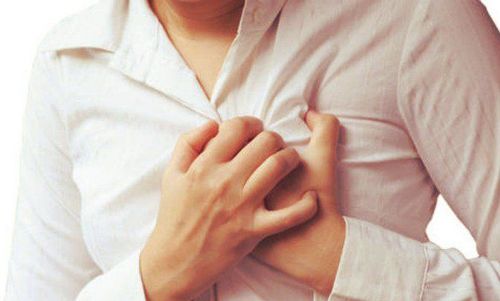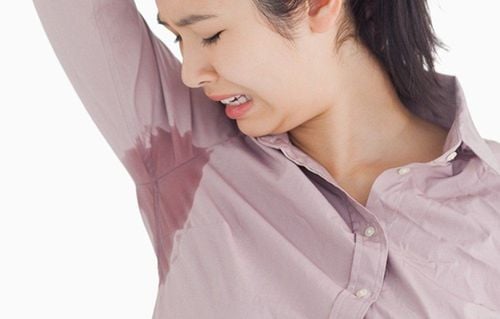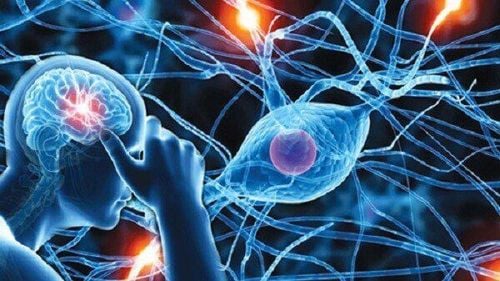This is an automatically translated article.
The article is professionally consulted by Master, Doctor Duong Xuan Loc - Gastroenterologist - General Surgery Department - Vinmec Danang International General HospitalEndoscopic sympathectomy is the common method of choice for the treatment of hyperhidrosis. This is a condition in which the sweat glands in the palms of the hands increase abnormally even under normal physiological conditions of the body.
The main cause is the dysfunction of the sympathetic nerves from the sympathetic ganglia. The disease is common in young people, although it is not life-threatening, it brings a lot of trouble in daily life and work. Laparoscopic sympathectomy helps to solve the problem thoroughly, safely and esthetically with low recurrence rate.
1. Overview of hand hyperhidrosis
Hyperhidrosis is a condition in which the activity of the sweat glands in the palms of the hands is increased, causing sweat to be produced more even in the physiological conditions of the body. Normally, the sweat glands act as a thermoregulatory system of the human body, sweat will be secreted when the body temperature is high to help remove heat from the body.Hyperhidrosis accounts for about 1% of the general population, is common in young patients, and there is no difference between the sexes. Excessive sweating of the hands can appear along with increased sweating in many other areas of the body such as the armpits, face, and feet.
Sweat secretion in humans is controlled by the sympathetic ganglia through signal transmission in the sympathetic nerves. Dysfunction of the thoracic sympathetic ganglia is believed to be responsible for the increased sweating of the hands, although the specific mechanism is not well understood. Therefore, hyperhidrosis is also known as primary hyperhidrosis or idiopathic hyperhidrosis.
Increased sweating hands is not a life-threatening disease but brings quite a lot of trouble to the patient. Sweaty hands often interfere with daily activities or work such as writing, holding hands. Patients with increased sweating hands often lose confidence when communicating and interacting with others. In addition, excessive sweat is produced, making the body easy to fall into a state of fatigue due to the loss of a lot of water and mineral salts. Therefore, hand hyperhidrosis needs to be effectively treated to improve the patient's quality of life.
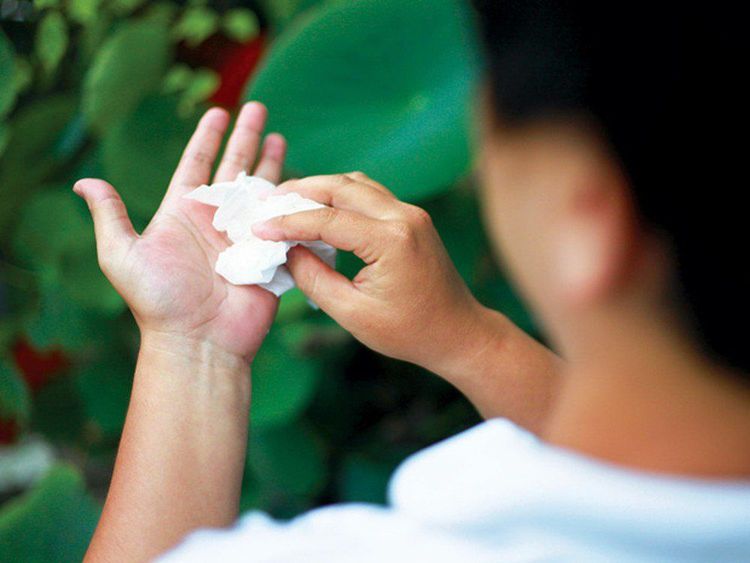
2. Indications and contraindications of laparoscopic sympathectomy
Endoscopic sympathectomy is a minimally invasive treatment that is increasingly being indicated in the treatment of hyperhidrosis. Laparoscopic sympathectomy is indicated in diseases with overactivity of the sympathetic nervous system such as increased sweating of the hands. In addition, some medical conditions that require increased activity of the parasympathetic nervous system during treatment are also indications for endoscopic sympathectomy, such as vascular disease in the upper extremities.Laparoscopic sympathectomy is a safe treatment, but it cannot be applied to all patients. Contraindications to endoscopic sympathectomy include:
Moderate and severe heart failure. Diseases causing moderate and severe chronic respiratory failure. Acute inflammatory diseases in the lungs such as severe pneumonia, pleurisy. Uncorrected coagulopathy. History of previous sympathectomy. Hyperthyroidism is not well controlled.

3. Procedure for performing endoscopic sympathectomy
To ensure safety and effectiveness, laparoscopic sympathectomy should be performed according to the following steps:Patient preparation: Before performing surgery, it is necessary to verify the correct patient, exclude Contraindications to laparoscopic sympathectomy and data collection on drug allergy history. Prepare tools and facilities: The laparoscopic surgery kit should be fully prepared, including: trocar, electric knife, camera, endotracheal tube, sterile needle and syringe, clean gauze ... Place the patient in a standing position. lying supine or prone with hands placed at head height depending on the purpose and technique of laparoscopic surgery in each specific case. The position of lying on the side and raising the body at an angle of 30 degrees is the most suitable for laparoscopic unilateral thoracic sympathectomy. A small incision is made in the skin and the trocar is inserted into the thorax. The first trocar entered the pleural cavity, and at the same time placed the endotracheal tube on the same side of the surgery to guide the air out of the lung, causing the lung to collapse and avoiding damage to the lung parenchyma during laparoscopic surgery. Similar to other laparoscopic surgeries, carbon dioxide is injected into the chest cavity to enlarge the surgical space. Conduct exploration and expose groups of thoracic sympathetic ganglia. Thoracic sympathectomy at each position corresponds to each different situation. Hand hyperhidrosis is completely treated with thoracic sympathectomy 2 or between thorax 2 and thorax 3. Hand hyperhidrosis associated with axillary hyperhidrosis requires thoracic sympathectomy 4. Treatment of vascular disease of the upper extremities requires 2nd and 3rd thoracic sympathectomy. Electric knife is the instrument of choice for dissection and dissection of groups of thoracic sympathetic ganglia. Therefore, during manipulation, doctors often perform carefully to avoid damage to the stellate ganglion group and cause periosteal burns in the chest. Stop bleeding and re-inflate the lungs. Remove the trocar and suture the skin. The patient will have a chest X-ray film to monitor the shape of the lungs and respiratory function.
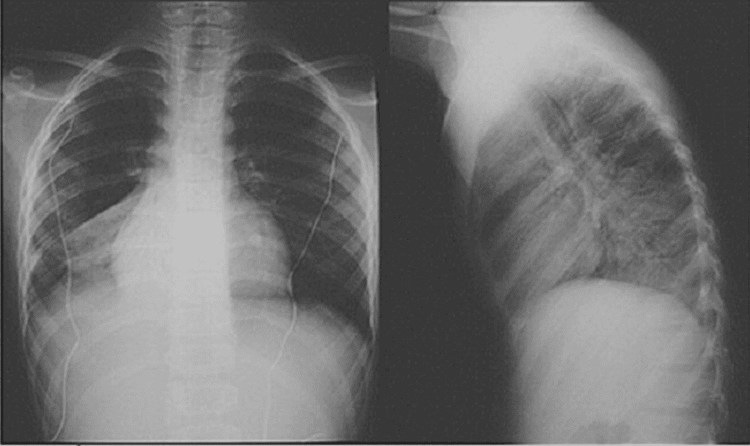
4. Complications of laparoscopic sympathectomy
Although laparoscopic sympathectomy is a safe treatment, some complications can still occur, including:Arrhythmia, commonly bradycardia. Blood loss during or after surgery due to poor hemostasis or poor correction of hemostasis disorders. Damage to lung parenchyma. Pneumothorax. Pneumothorax under the skin. Horner syndrome due to damage to the stellate ganglia. Wound infection or chest infection. Vinmec International General Hospital with a system of modern facilities, medical equipment and a team of experts and doctors with many years of experience in medical examination and treatment, patients can rest assured to visit. and hospital treatment.
Please dial HOTLINE for more information or register for an appointment HERE. Download MyVinmec app to make appointments faster and to manage your bookings easily.






